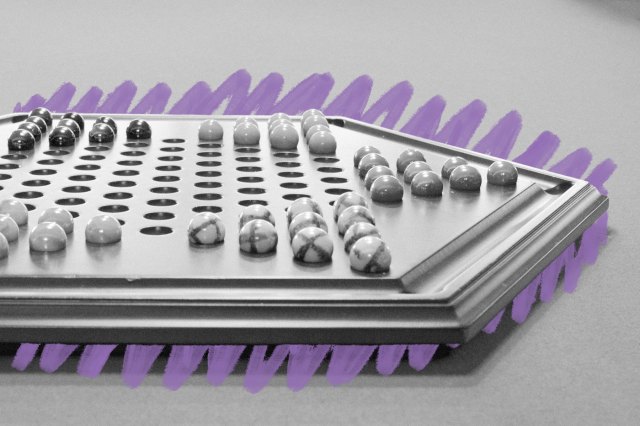 |
Chinese checkers was invented in Germany. |
Arts & Culture |
 |
| |
| The game arrived in America in the late 1920s under the name Hop Ching checkers, and, later, Chinese star checkers. It was advertised as "a game from the Orient for all ages," but this backstory was invented entirely for marketing, to give the product an air of mysticism. While six-pointed stars such as the one on the Chinese checkers game board have a long history in many cultures, including some Asian spiritual traditions, the board's star shape actually originated in Germany, decades before the game's fictional association with China. Nevertheless, Chinese checkers is the name that stuck in the American lexicon. | |
 | |
 | |||||||||
By the Numbers | |||||||||
| |||||||||
| |||||||||
 | |||||||||
| |||||||||
Chess evolved from an Indian game. | |||||||||
| Many cultures have their own variation of chess, all of which are generally considered to have one common ancestor: an Indian game called Chaturanga, meaning "four-limbed," after a battle formation described in the Mahābhārata, an ancient Indian epic. The chess pieces we know in Western chess today were likely derived from the four branches of the Indian army described in the game: chariots, elephants, horses, and infantry. What we know as the bishop, for example, was likely originally an elephant. | |||||||||
 | |||
Recommended Reading | |||
 | |||
| | |||
 | |||
| | |||
| + Load more | |||
| |||||||||
| 700 N Colorado Blvd, #513, Denver, CO 80206 | |||||||||
|








0 komentar:
Post a Comment